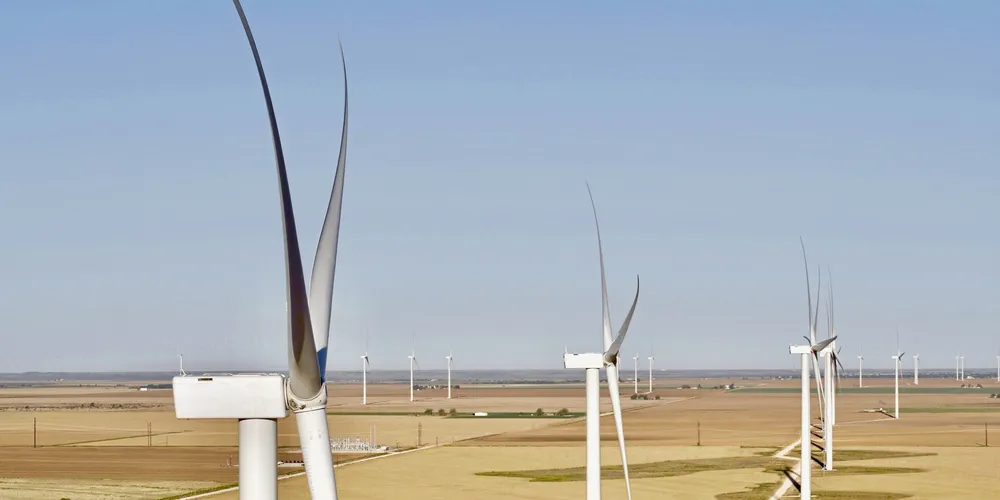Solar paces US generation additions through August while onshore wind struggles
Onshore wind facing array of challenges that are impeding project financing, execution, and PPA deals

Led by grid-scale solar and natural gas, the US installed 22.15GW of energy generation capacity this year through August, up from 19.83GW a year ago, despite a steep downturn for onshore wind, according to new data from the Federal Energy Regulatory Commission (FERC).
Solar edged out natural gas for new capacity through the first eight months of 2022, 8.98GW versus 8.94GW, as both technologies continue to take market share from both coal and onshore wind in some regions of the country.
The sharp decline in onshore wind activity this year reflects multiple factors including inflation, continued interest rate pressures, logistics, and supply chain issues that have complicated project financing and raised construction costs.
Edison Energy, a global energy advisory firm, this week noted in a report that North America’s turbine supply chain faces cost pressures and these have negatively impacted PPA prices. Product quality shortcomings reported by Siemens Gamesa could push them up further in the short-term and delay projects, it added.
Developers and their offtakers are managing the current inflationary environment by seeking to limit unknown project costs to better and more predictably execute PPA deals.
These include completing such time-intensive tasks as interconnection studies, permitting approvals, and environmental impact studies before signing a PPA, according to Edison. Still, the present macroeconomic environment weighs against near-term lower PPA prices, making it more challenging for corporate buyers.
The onshore wind slowdown also resulted from post-pandemic uncertainty over whether Congress would extend the federal production tax credit (PTC), which had been stepping down in value.
The landmark climate law signed into law by President Joe Biden in August last year extended the PTC at full value through the end of 2024, when it will be replaced by a technology-neutral clean electricity production tax credit. This can be worth as much a $33.00/MWh, if certain eligibility criteria are met, an unprecedented level of federal support.
Still, while welcome, the lucrative tax credits have proven challenging to incorporate into project finance models for now, according to LevelTen Energy, which manages the world’s largest online hub for renewable energy buyers, sellers, advisors, asset owners, and financiers.
Onshore wind and other renewable energy firms say they need further clarity on guidance to “leverage these credits with confidence," it said in a recent report.
On 31 August, FERC data showed natural gas comprised 44.24% of US installed generation capacity totaling 1.27TW, followed by coal, 16.4%, and wind, 11.6%. Nuclear was 8.1%, large hydro 7.9%, and grid-scale solar 7.2%.
(Copyright)